Desert Mountain, nestled in the heart of Scottsdale, Arizona, offers a plethora of stunning trails that cater to hikers of all skill levels. Whether you’re a seasoned trekker or a casual walker, these trails provide breathtaking views, exciting terrain, and an adventure that connects you to the mesmerizing desert landscape. In this guide, we’ll cover important details about the trails at Desert Mountain, helping you prepare for an unforgettable hiking experience.
Overview of the Trails
The Desert Mountain area features a network of well-maintained trails that range from easy strolls to challenging hikes. The scenery is rich and diverse, showcasing beautiful saguaro cacti, jagged mountain ranges, and colorful wildflowers.
| Trail Name | Difficulty Level | Distance | Key Features |
|---|---|---|---|
| Sunset Trail | Easy | 2.5 miles | Stunning sunset views |
| Cholla Trail | Moderate | 3.6 miles | Scenic overlooks |
| Lost Dog Wash | Moderate | 4.5 miles | Wildflower fields in bloom |
| Tortuga Trail | Difficult | 7 miles | Rugged terrain, panoramic views |
| Mountain Trail | Difficult | 6 miles | Steep climbs, native wildlife |
 Desert Mountain Trail Network
Desert Mountain Trail Network
Trail Highlights
1. Sunset Trail
The Sunset Trail is perfect for families and beginners. This 2.5-mile loop is relatively flat and offers stunning views of the surrounding mountains, particularly during sunset.
- Why You’ll Love It: The trail is dotted with picnic spots and allows for easy scenery changes as you loop back to your starting point.
2. Cholla Trail
If you’re looking for a moderate hike, the Cholla Trail is a fantastic choice. Stretching approximately 3.6 miles, it provides breathtaking desert vistas—best enjoyed in the morning or late afternoon when the lighting enhances the landscape.
- Features:
- Lookout points for photography enthusiasts
- Unique rock formations
 Cholla Trail Desert Vista
Cholla Trail Desert Vista
3. Lost Dog Wash
For those who want a little more length and challenge, Lost Dog Wash is a superb option. This 4.5-mile trail meanders through diverse habitats, and in the spring, you might witness a spectacular wildflower bloom.
- Pro Tip: Keep an eye out for local wildlife, like roadrunners and jackrabbits!
4. Tortuga Trail
The Tortuga Trail, at 7 miles, provides a rugged hike that will please those seeking a challenge. Expect steep climbs and rocky paths that demand more from your legs and boots.
- Incredible Views: The effort is richly rewarded with panoramic views of the surrounding terrain.
 Tortuga Trail Hiker with Panoramic View
Tortuga Trail Hiker with Panoramic View
5. Mountain Trail
Rounding out the core trails is the Mountain Trail. This demanding 6-mile hike is ideal for experienced hikers looking for both a workout and a way to connect with nature.
- Wildlife Spotting: From hawks to lizards, wildlife enthusiasts are sure to find plenty of interesting sights.
Preparation Tips
Before hitting the trails, consider the following tips for a fun and safe adventure:
- Stay Hydrated: Carry enough water, especially during the warmer months.
- Wear Proper Footwear: Hiking boots or durable shoes are essential.
- Check Weather Conditions: Desert weather can be unpredictable; be prepared for sudden changes.
- Pack Essentials: Sunscreen, a map, snacks, and a first-aid kit can enhance your experience.
- Leave No Trace: Respect the environment by taking your trash back with you.
Connecting with Nature
One of the most rewarding aspects of hiking the trails at Desert Mountain is the opportunity to connect with nature. The serenity of the desert environment provides a perfect backdrop for:
- Meditation and Reflection: Take time to stop and absorb the beauty around you.
- Photography: Capture the colorful cacti, sunsets, and local wildlife.
- Mindfulness Exercises: Enjoy the sounds of the desert and the feel of the earth beneath your feet.
 Hiker Meditating on Desert Mountain
Hiker Meditating on Desert Mountain
Key Takeaways
- Choose the Right Trail: Select a trail that suits your skill level and experience.
- Plan Ahead: Pack essentials like water, snacks, and navigation tools.
- Mind the Environment: Practice low-impact hiking to preserve the natural beauty.
- Enjoy the Journey: Take time to observe wildlife and the unique desert landscape.
FAQs
Here are some common questions about the trails at Desert Mountain:
1. Are the trails accessible year-round?
Yes, the trails are generally open year-round. However, summer months can be extremely hot, so early morning or late afternoon hikes are recommended.
2. Do I need a permit to hike these trails?
No permits are required for hiking; however, it’s essential to follow local regulations and respect the environment.
3. Are dogs allowed on the trails?
Yes, dogs are allowed on most trails but should be kept on a leash and cleaned up after.
4. What is the best time to hike at Desert Mountain?
Spring and fall are ideal seasons for hiking, offering milder temperatures and beautiful blooms.
5. How can I ensure my safety while hiking?
Always inform someone of your hiking plans, carry a communication device, and know your limits.
6. What should I wear while hiking in the desert?
Wear lightweight, breathable clothing adapted for the weather, along with sturdy athletic shoes or boots.
7. Is there wildlife to watch on the trails?
Absolutely! The trails are home to various wildlife, including birds, lizards, and occasionally deer.
8. Can I find guided tours in the area?
Yes, many local companies offer guided tours for those who prefer a structured experience.
9. Are there restroom facilities available along the trails?
Most trails do not have restroom facilities, so plan accordingly.
10. Why should I hike at Desert Mountain?
The breathtaking vistas, diverse trails, and peaceful environment make Desert Mountain a top hiking destination.
With its stunning landscape and diverse trails, Desert Mountain offers an incredible outdoor experience. Whether you’re eager to tackle a challenging hike or looking forward to a leisurely stroll, these trails cater to everyone. Enjoy your adventure, and don’t forget to soak in the beauty of this unique desert environment. Happy hiking!

 FlightScope Mevo+ Launch Monitor in Use
FlightScope Mevo+ Launch Monitor in Use Golfer Analyzing Data on Launch Monitor
Golfer Analyzing Data on Launch Monitor
 Indoor golf simulator with a golfer
Indoor golf simulator with a golfer Group of golfers enjoying a round
Group of golfers enjoying a round
 Golf balls neatly organized in a storage bag
Golf balls neatly organized in a storage bag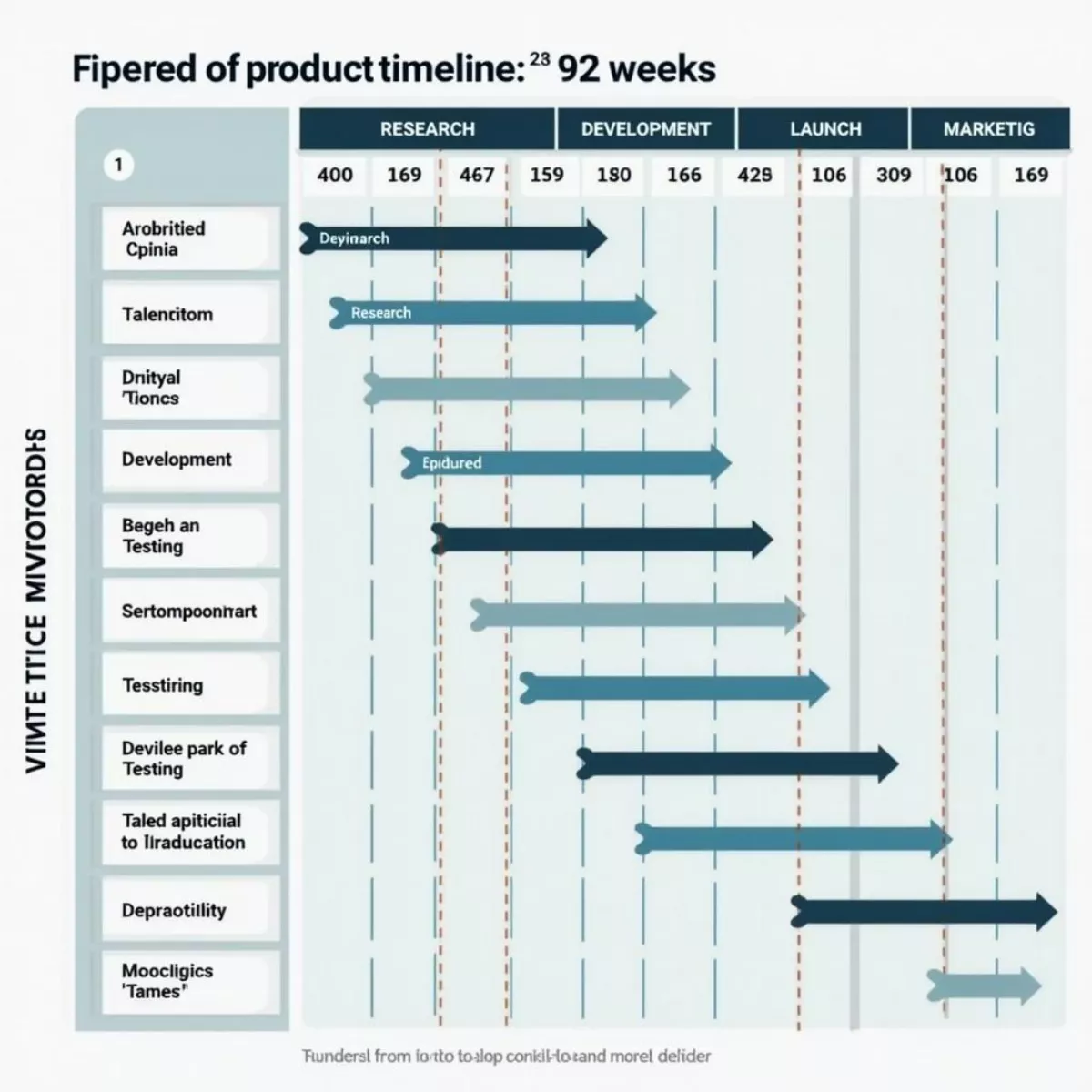
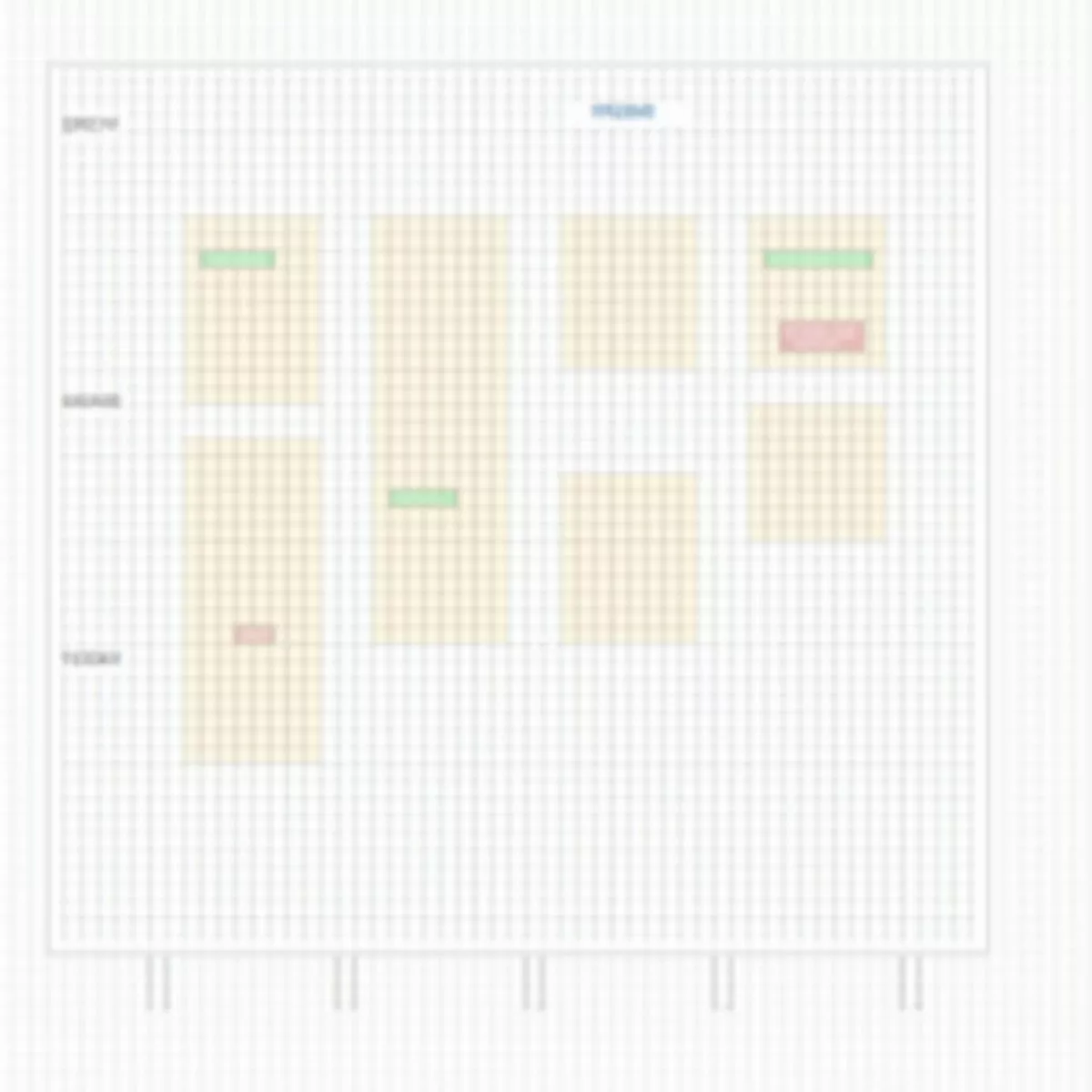 92 Weeks Calendar Visualization
92 Weeks Calendar Visualization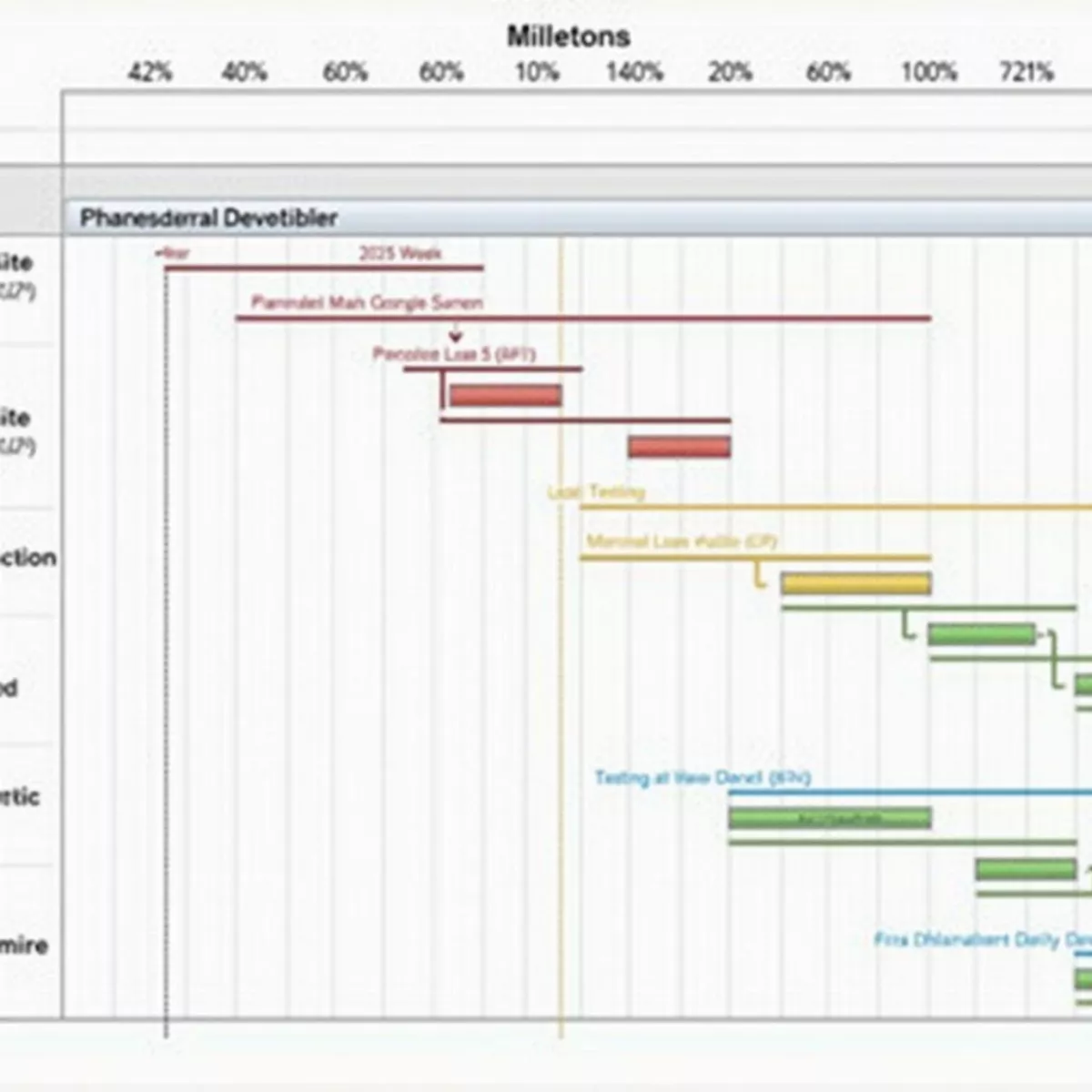
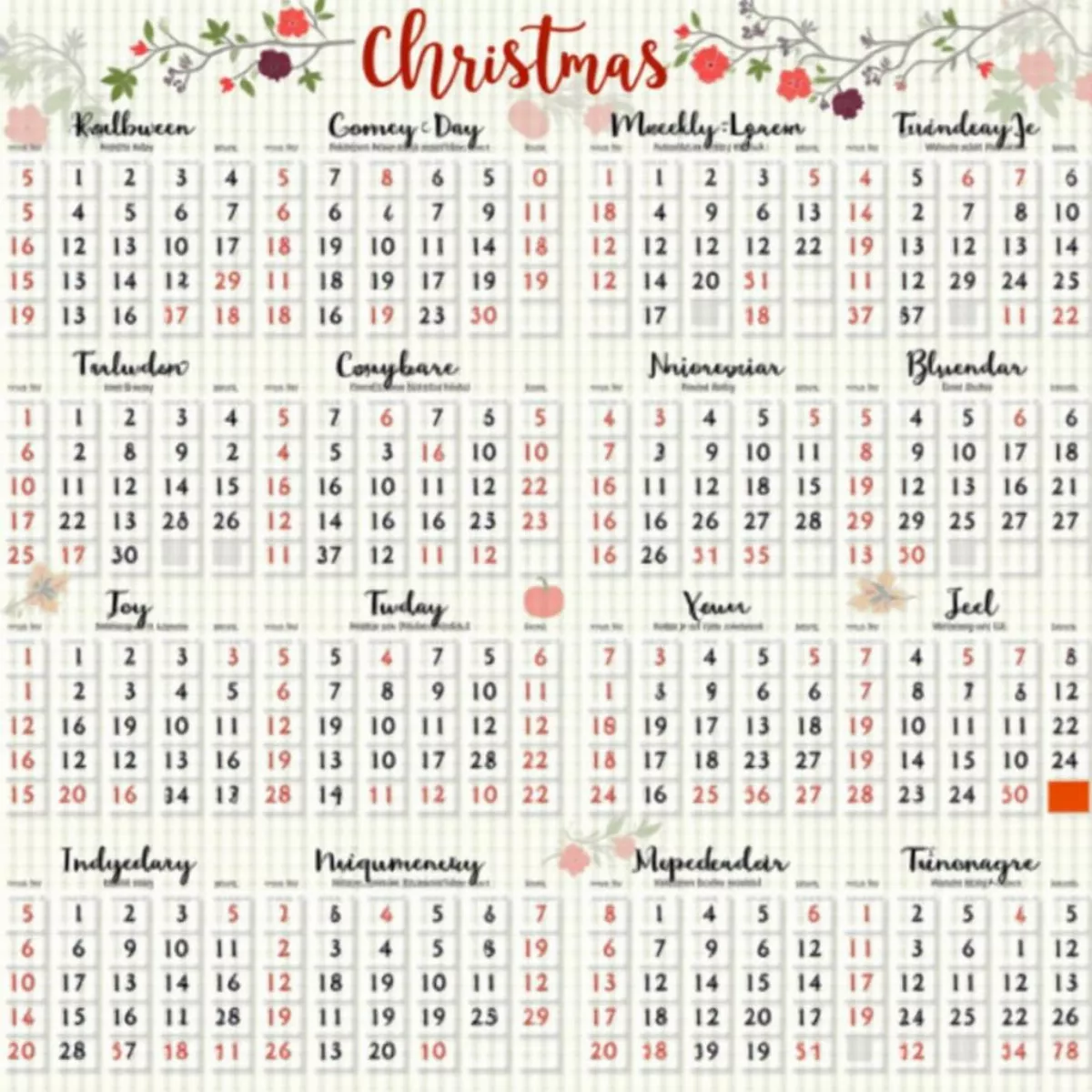 Calendar with 66 Weeks Marked and Holidays Highlighted
Calendar with 66 Weeks Marked and Holidays Highlighted Person Using Calendar Planner to Set Goals
Person Using Calendar Planner to Set Goals
 Chiricahua Golf Course Hole Overview from Elevated Viewpoint
Chiricahua Golf Course Hole Overview from Elevated Viewpoint Chiricahua Golf Course Clubhouse Exterior
Chiricahua Golf Course Clubhouse Exterior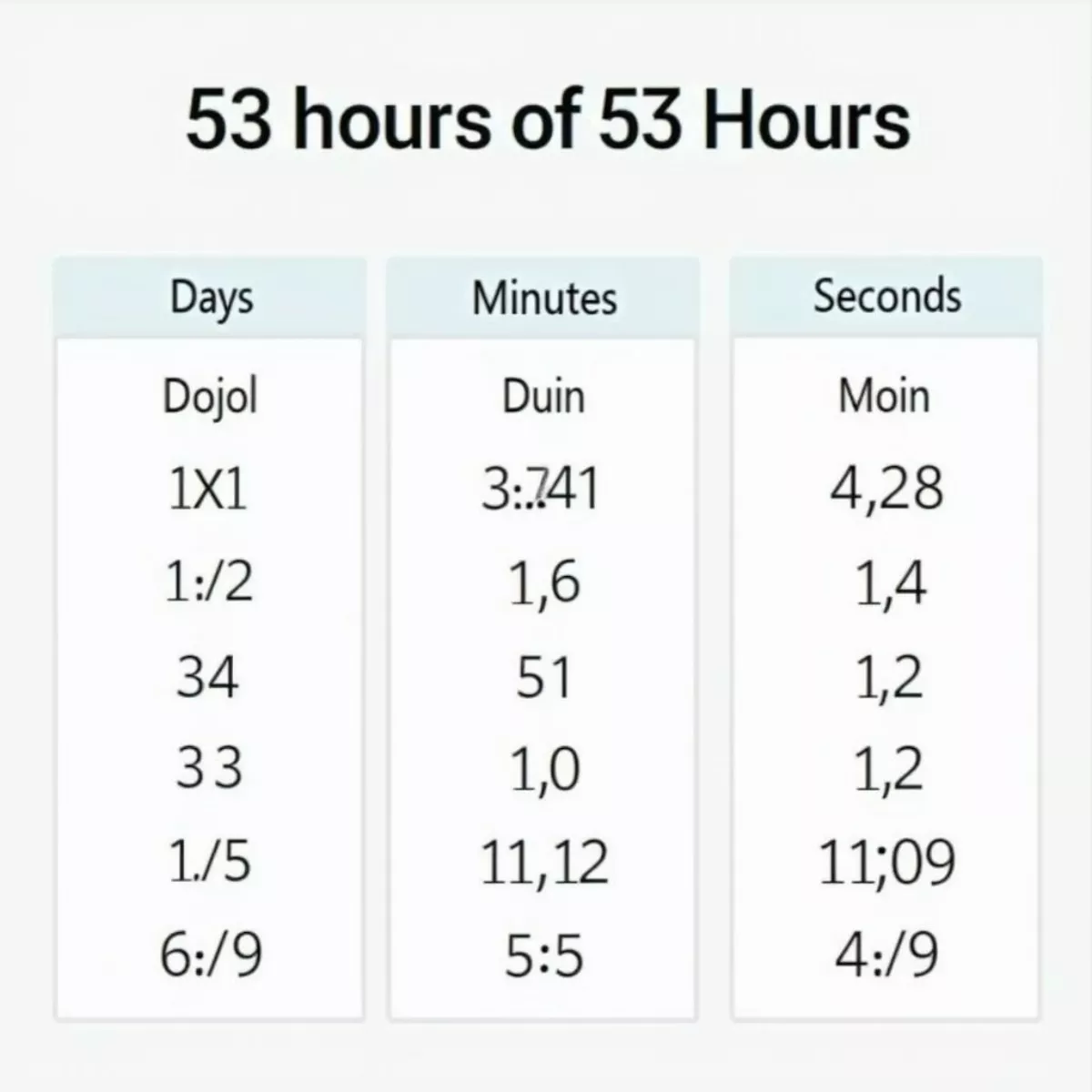
 Online Course Platforms
Online Course Platforms Self-Care Activities
Self-Care Activities Enjoyable Activities
Enjoyable Activities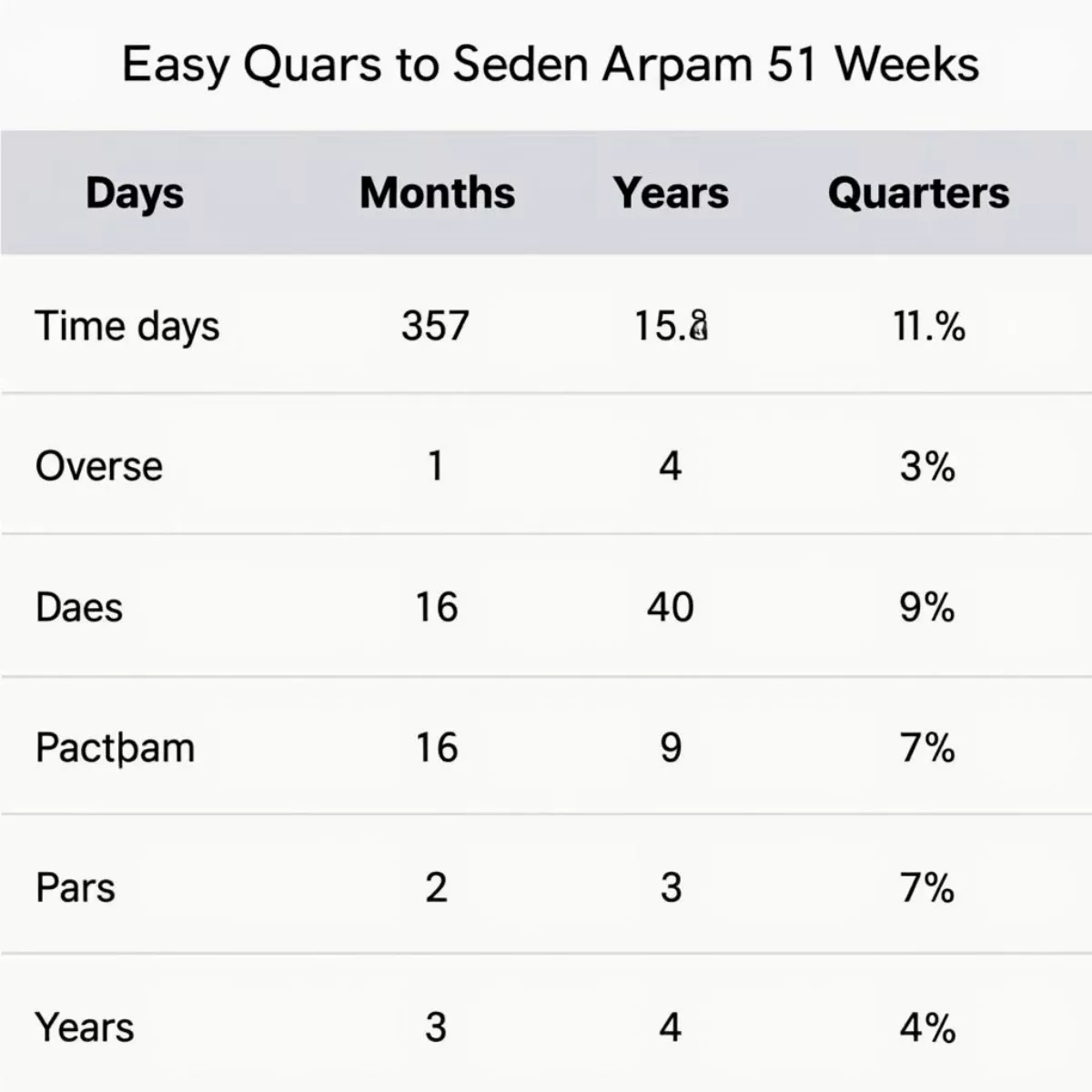
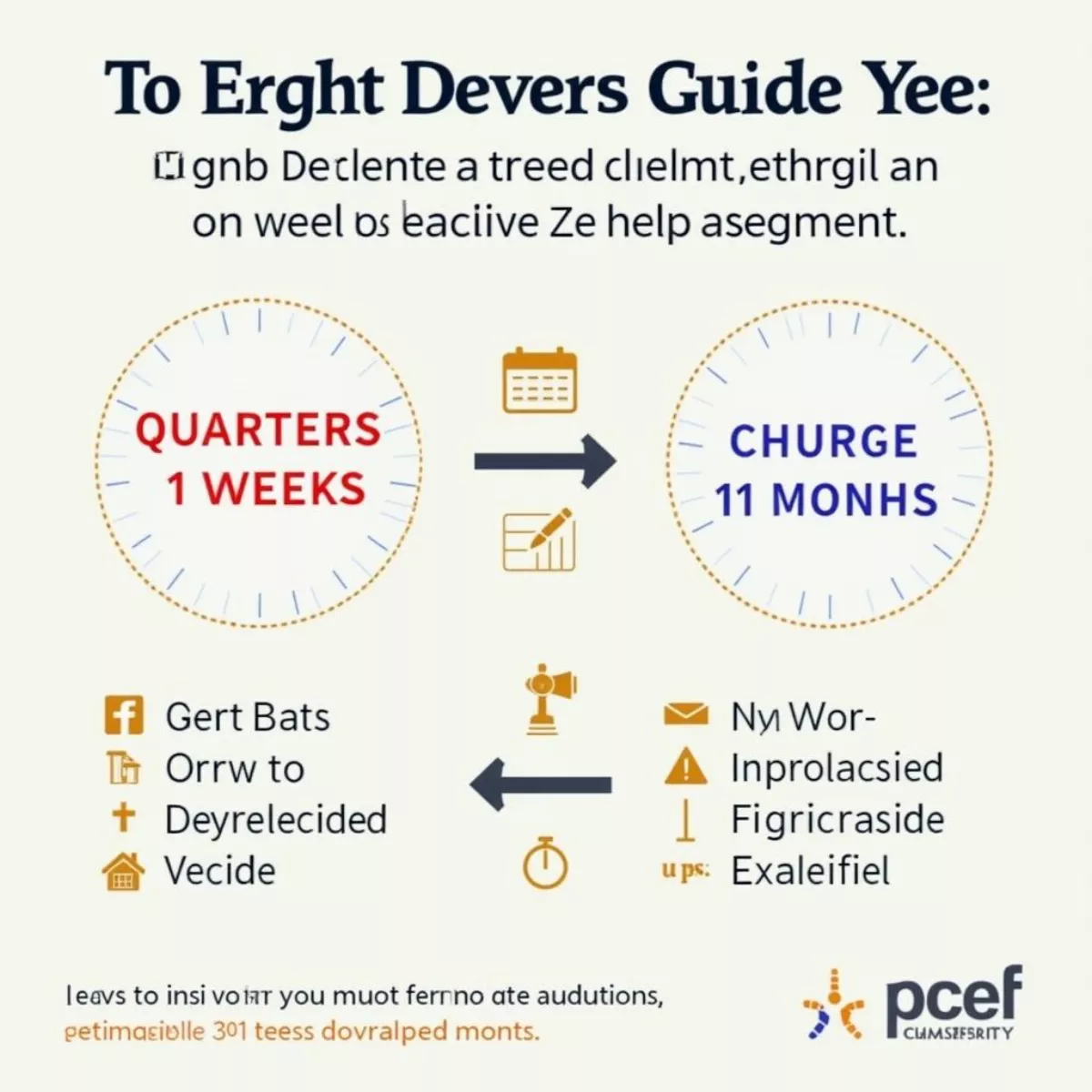 Milestones within 51 Weeks
Milestones within 51 Weeks